
18 Fun and Engaging Games to Improve Memory and Cognition After Stroke
Memory problems are common after a stroke. Some survivors may struggle to recall names, dates, appointments, or where they placed everyday items. As a result,

Memory problems are common after a stroke. Some survivors may struggle to recall names, dates, appointments, or where they placed everyday items. As a result,
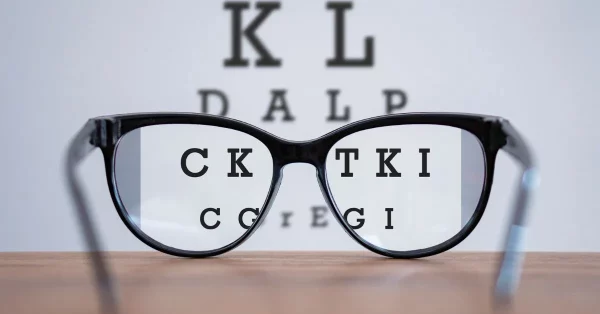
Brain injuries can cause a wide range of physical and cognitive challenges—and vision is no exception. One of the lesser-known but highly impactful effects of

Imagine hearing a sound loud and clear—but not being able to make sense of what it means. You might hear a dog barking but not

The Glasgow Coma Scale (GCS) is one of the most common tools used to check how serious a brain injury might be. Doctors and nurses

The journey of neurological recovery after a stroke, brain injury, or other neurological event can feel like navigating uncharted territory. One of the most important
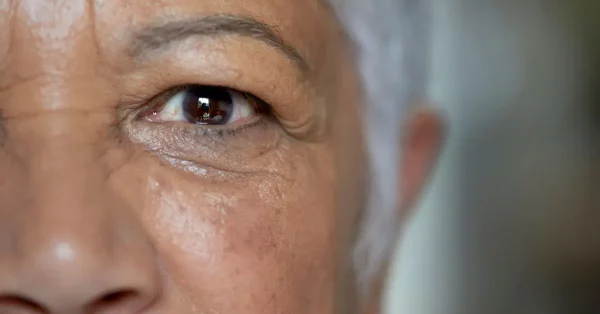
Have you ever felt like you’re looking right at something but just not seeing it? Maybe you’ve bumped into furniture on one side of a

Imagine waking up one morning and realizing that half of your world has vanished. Not in a dramatic, disappearing act kind of way, but in
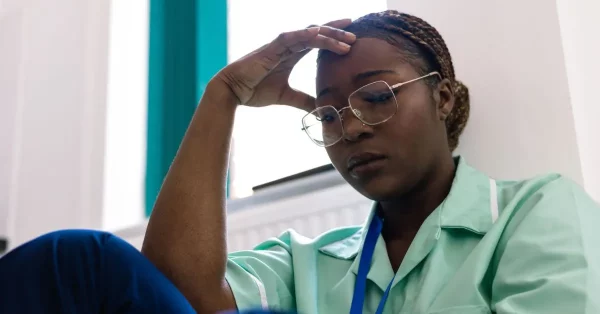
Being a caregiver is one of the most profound acts of love and service a person can undertake. Whether you’re caring for an individual after
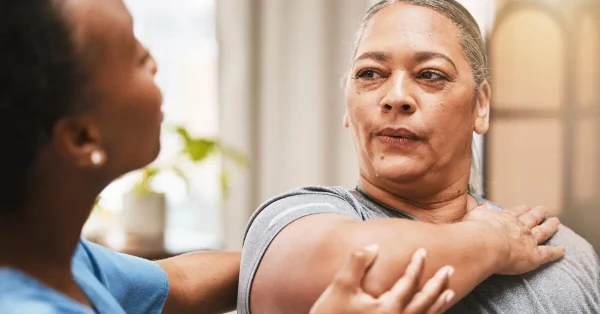
Living with multiple sclerosis (MS) can be tough, especially when stiffness and muscle spasms make everyday movements harder. But one of the easiest and most

If you or a loved one is living with aphasia, you know how frustrating communication can be. Finding the right words, forming complete sentences, or

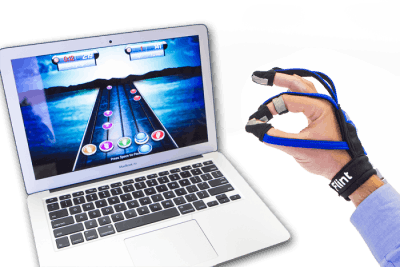
Take the first step towards recovery.